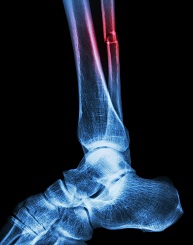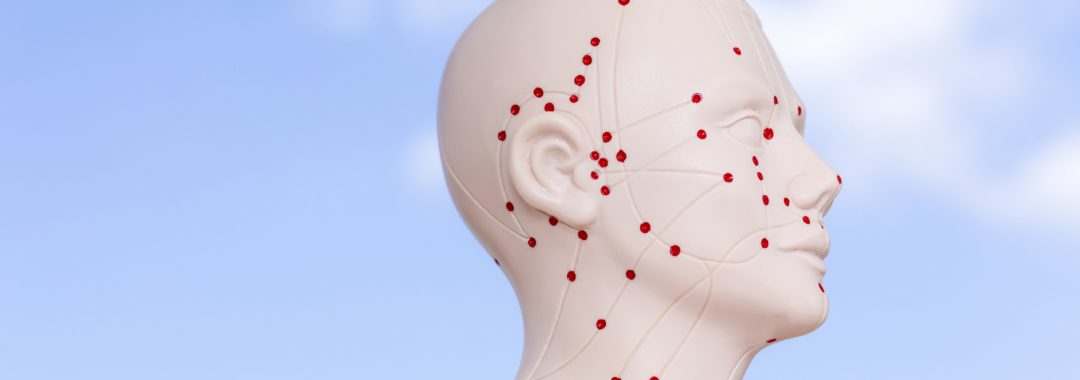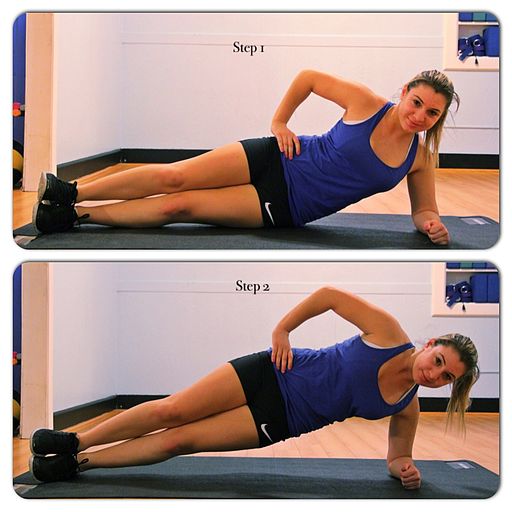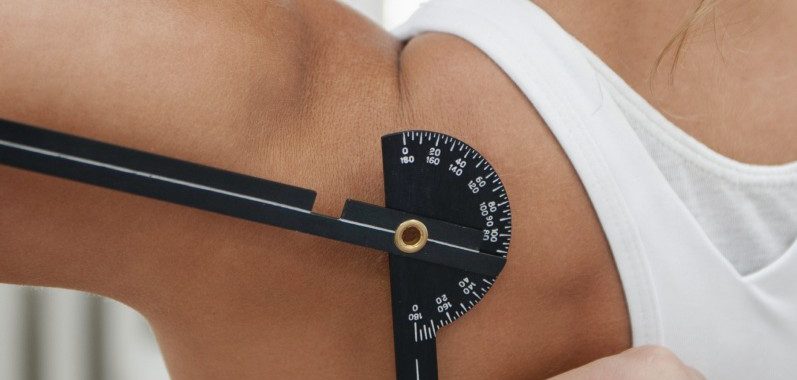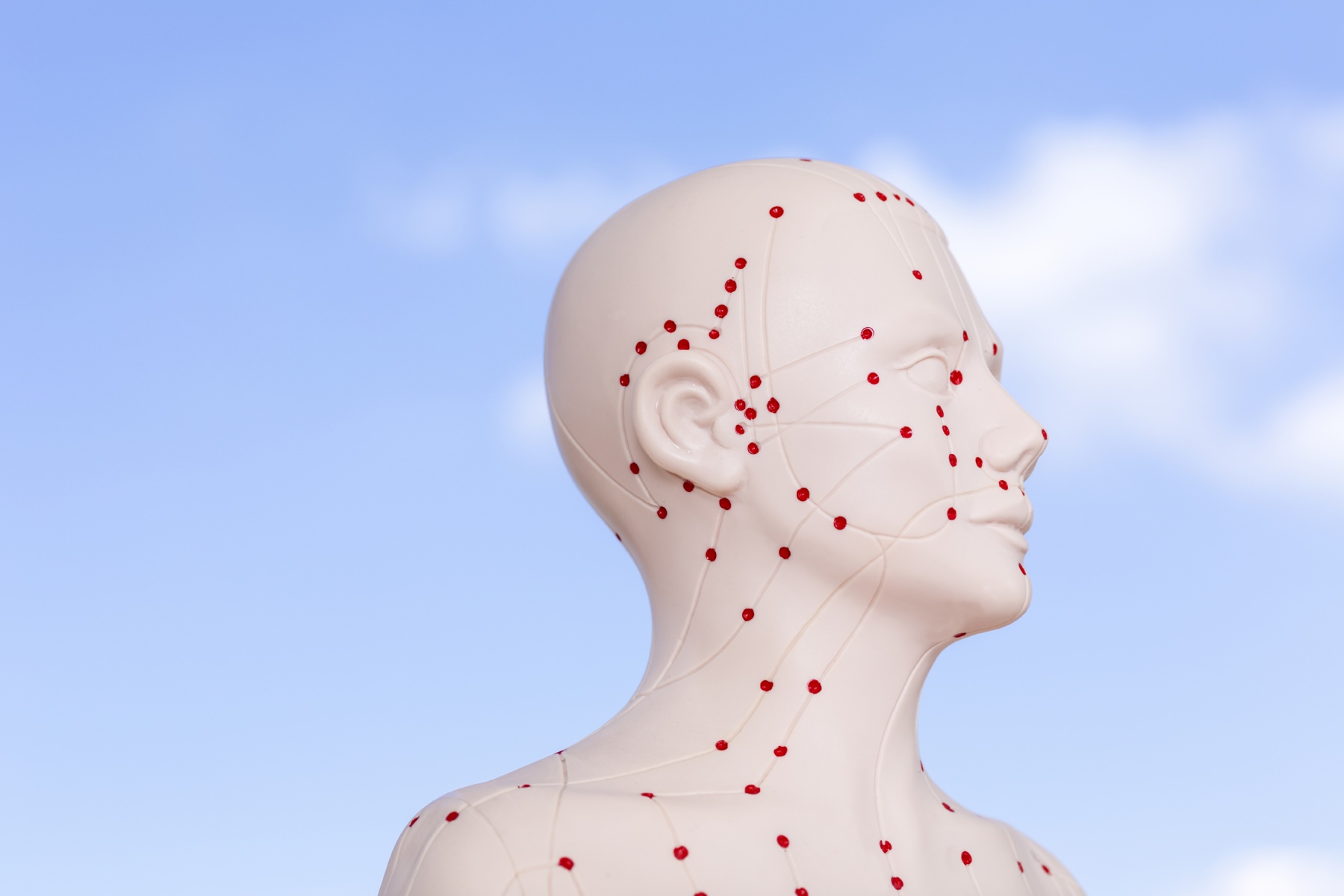Category Archives: AOM Class Offerings
Calf Ankle Foot: Class Videos
- This content is restricted to buyers of Calf, Ankle & Foot – Class Notes & E-book.
Class Notes & E-book Library
Alphabetized & Searcheable
| Class | Notes/E-books |
|---|---|
| Acupuncture Orthopedics Essentials I: Fundamentals | View Notes/E-book |
| Acupuncture Orthopedics Essentials II: Physical Exam, Diagnosis, and Treatment Principles | View Notes/E-book |
| Acupuncture Orthopedics Essentials III: Myofascial Trigger Point and Joint Stabilization/Mobilization Needling | View Notes/E-book |
| Acupuncture Treatment of the Jing-Jin (“Sinew Meridians”): Introduction | View Notes/E-book |
| Acupuncture Treatment of the Shaoyang Jing-Jin (“Sinew Meridian”): the Lateral Tract | View Notes/E-book |
| Acupuncture Treatment of the Taiyang Jing-Jin (“Sinew Meridian”): the Posterior Tract | View Notes/E-book |
| Acupuncture Treatment of the Yangming Jing-Jin (“Sinew Meridian”): the Anterior Tract | View Notes/E-book |
| Acupuncture Treatment of the 3 Yin Jing-Jin (“Sinew Meridians”): the Medial and Axial Tracts | View Notes/E-book |
| Advanced Cupping for Orthopedic Conditions | View Notes/E-book |
| Building Your AOM Practice | View Notes/E-book |
| Calf, Ankle, Foot | View Notes/E-book |
| Clinical Applications of AOM Research | View Notes/E-book |
| Complex and Chronic Pain | View Notes/E-book |
| Electroacupuncture for Orthopedic Conditions | View Notes/E-book |
| Exercise Therapy for Acupuncturists | View Notes/E-book |
| Head, Neck, Thorax | View Notes/E-book |
| Hip, Thigh, Knee | View Notes/E-book |
| Low Back, Core and Pelvic Girdle | View Notes/E-book |
| Medical Documentation: Essential Best Practices | View Notes/E-book |
| Myofascial Gua Sha for Orthopedic Conditions | View Notes/E-book |
| Overview of Acupuncture Orthopedics: Road Maps to Clinical Success | View Notes/E-book |
| Professional Ethics and Risk Management | View Notes/E-book |
| Report-Writing for Managed Care: HMO, Personal Injury & Workers Compensation | View Notes/E-book |
| Shoulder, Arm, Hand | View Notes/E-book |
| Starting Your AOM Practice | View Notes/E-book |
Calf, Ankle & Foot — Review and Practicum Lab
With Instructor Anthony Von der Muhll, L.Ac., DAOM, DNBAO, FAIPM
has been added to your cart!
First time user? Your account will be automatically be created after purchase. Please note:
--Webinars require continuous attendance on the date(s) offered to receive PDAs/CEUs. If you cannot attend, please consider a self-paced distance-learning version instead, if available, or another class that you will be able to attend.
--Ebooks are included with class purchase--please do not purchase both. When purchased separately, Ebooks are for informational purposes only--no PDAs/CEUs.
Questions? Please visit our FAQ page. Thank you for your purchase!
Course Content
- Practice, apply, re-inforce and expand upon physical examination and treatment techniques taught in the associated didactic module.
- Labs focus on areas of technical difficulty, and provide an opportunity for presentation, demonstration treatment and discussion of challenging cases.
- Note: Practicum/Review Labs are opens only to participants who have completed the prior associated didactic module: Calf, Ankle and Foot.
Calf, Ankle & Foot Physical Exam
- Ankle, foot, and toe joint review:
- AROM assessment
- Joint play and end-fee testingl
- Joint stabilization prolo-acupuncture
- Calf muscle review: manual strength testing, trigger point needling, gua sha and tui na therapies
- Plantarflexors + invertors
- Plantarflexors + evertors
- Dorsiflexors + invertors
- Dorsiflexors + evertors
- Ankle and foot protective and corrective therapies review
- Taping techniques
- Ankle stability and control exercises
- Calf strengthening and stretching
Case presentation/treatment demonstration and discussion
Report Writing for Managed Care: HMO, Personal Injury, & Workers Compensation Class Notes, E-Book and Forms
This content is restricted to buyers of:
- Report-Writing for Managed Care: HMO, PersonaI Injury, and Workers Compensation – Class Notes & E-book
- Report-Writing for Managed Care: HMO, Personal Injury & Workers Compensation Live Class
- Report-Writing for Managed Care: HMO, Personal Injury, Workers Compensation – Distance Learning Course
- Report-Writing for Managed Care: HMO, Personal Injury & Workers Compensation Live Webinar
Exercise Therapy for Acupuncturists
An Integrative East-West Approach
With Instructor Anthony Von der Muhll, L.Ac., DAOM, DNBAO, FAIPM
Former Physical Therapy Aide, Athletic Training Assistant, and Certified Personal Trainer, American College of Sports Medicine
has been added to your cart!
First time user? Your account will be automatically be created after purchase. Please note:
--Webinars require continuous attendance on the date(s) offered to receive PDAs/CEUs. If you cannot attend, please consider a self-paced distance-learning version instead, if available, or another class that you will be able to attend.
--Ebooks are included with class purchase--please do not purchase both. When purchased separately, Ebooks are for informational purposes only--no PDAs/CEUs.
Questions? Please visit our FAQ page. Thank you for your purchase!
has been added to your cart!
First time user? Your account will be automatically be created after purchase. Please note:
--Webinars require continuous attendance on the date(s) offered to receive PDAs/CEUs. If you cannot attend, please consider a self-paced distance-learning version instead, if available, or another class that you will be able to attend.
--Ebooks are included with class purchase--please do not purchase both. When purchased separately, Ebooks are for informational purposes only--no PDAs/CEUs.
Questions? Please visit our FAQ page. Thank you for your purchase!
Check back for next live class date, or contact us to be notified by email
"Is there anything I can do on my own to treat this?
"Should I do this exercise my fitness trainer showed me, even though it hurts?"
"I want to get more cardio and lose weight. Should I run, swim, or bike?"
"When can I go back to my gym workout/yoga class/marathon training?"
How often do we hear our patients ask questions like this? Now you'll have some better answers...
Easy-to-teach exercises can improve clinical outcomes by actively involving patients in self-care, and can complement AOM modalities. Drawing from qi gong, yoga, Pilates, and other techniques, we will discuss exercises for specific injuries to help patients to:
- Reduce stress, muscle tension, pain, anxiety and depression
- Accelerate healing and reduce chronicity of sprain/strain injuries
- Re-stabilize hypermobile joints, and restore normal joint tracking and biomechanics
- Slow and allow for reversal of joint degeneration that leads to osteoarthrosis
- Enhance the treatment of muscles, nerves, and other tissues and systems that contribute to chronic pain
- Maintain bone density, muscle strength and flexibility, coordination, and balance to reduce the risk of falls and injuries
- Support the patient in an active lifestyle and meeting their goals for health, fitness, work, sports and recreation
- Improve health of internal organs; the cardiovascular, lymphatic, endocrine & immune systems; mind, mood, & sleep; & overall quality & quantity of life.
Topics include:
- When to prescribe--or "un-prescribe" exercises: post-injury/surgery, chronic pain, and health maintenance
- How best to co-manage patients with physical therapists and surgical rehabilitation teams
- Which exercises can patients safely and effectively perform at home, for what body regions, systems, and injuries
- Analyzing common qi gong, yoga, Pilates, gym workouts, etc. for their risks and benefits, from an integrative East-West orthopedic and neurologic perspective
- Adapting exercises for specific conditions and patients
- How to integrate exercise therapy into the flow of a busy acupuncture clinic
- Scope-of-practice, coding, billing and malpractice considerations
And what's good for our patients is good for us--we'll review self-care exercises and ergonomics for acupuncturists!
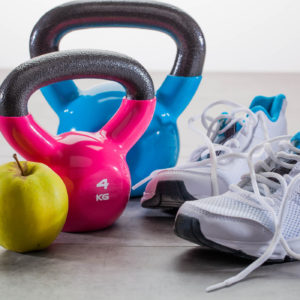
General considerations in exercise therapy
- Review of L.Ac. scope-of-practice issues
- Risks and benefits: when to prescribe, un-prescribe, or refer out for co-management
- Co-managing with physical therapists: phases, benchmarks and goals of post-injury/surgery rehabilitation
- Exercise cautions and contraindications
- Differentiating exercise-induced injury vs. therapeutic delayed onset muscle soreness
- Prescription essentials: timing, sequence, repetitions, sets, duration, intensity, frequency
Roles of and indications for specific exercise techniques and styles:
- Functional re-training: activities of daily living, work ergonomics, recreation and sports
- Stress reduction: qi gong and breathing exercises
- Flexibility: passive and active stretching, static and flow yoga styles
- Neurologic re-training and coordination
- Strengthening and stabilization exercises
- Joint loosening warm-ups, reciprocal inhibition, and abdominal bracing to improve safety and efficacy across all exercise styles
- Cardiovascular exercise for general health
- Assessing exercise prescription from the viewpoint of jing-jin and zang-fu imbalances
Exercise prescription for specific body regions, injuries and pain
- Spinal exercise prescription: upper body
- Cervical stabilization
- Thoracic mobilization
- Upper extremity exercise prescription
- Scapular stabilization and shoulder strengthening
- Elbow, forearm and wrist exercise therapy
- Spinal exercise prescription: lower body
- Core/lumbar stabilization
- Lower extremity exercise prescription
- Hip strengthening and mobilization
- Knee stabilization
- Calf, ankle and foot rehabilitation
- Putting it all together: posture, gait and ergonomics
Integrating exercise prescription into an acupuncture clinic
- Combining exercise with manual therapy and cupping in the same visit
- Tools, supplies, and space considerations
- Documentation, coding and billing for therapeutic exercise
- Stand-alone exercise classes: insurance, scope of practice and malpractice considerations
- Exercise knowledge and skill development for acupuncturists
Coaching patients on health maintenance through exercise
- Working with patient’s exercise readiness, compliance, tolerance and goals
- Home programs and telemedicine consults
- Group classes vs. individualized training
- Cardiovascular exercise options and prescription
- Recognizing limits and injuries; managing exercise-induced delayed-onset muscle soreness
To get the most out of this class, please wear workout clothes and shoes, and bring the following exercise tools, which you will be able to use later in your clinic. Exercise equipment will not be provided.
- One or more pairs of dumbbells in the 2-10 lb. range (a pair of 8-oz soup cans will do)
- Resistance tubing/bands of light-moderate gauge; also, squeeze balls, rings
- A wobble cushion/disc (e.g. “dynadisc”)
- 6” diameter rigid foam roller
- Yoga/exercise mat + straps or belts
Links are for informational purposes only and do not represent product endorsements. Anthony Von der Muhll does not have any financial relationship with exercise equipment makers or vendors.
Starting Your AOM Practice
With Instructor Anthony Von der Muhll, L.Ac., DAOM, DNBAO, FAIPM
Check back for next live class date, or contact us to be notified by email
Contact us to let us know of your interest in Distance-learning PDAs/CEUs
has been added to your cart!
First time user? Your account will be automatically be created after purchase. Please note:
--Webinars require continuous attendance on the date(s) offered to receive PDAs/CEUs. If you cannot attend, please consider a self-paced distance-learning version instead, if available, or another class that you will be able to attend.
--Ebooks are included with class purchase--please do not purchase both. When purchased separately, Ebooks are for informational purposes only--no PDAs/CEUs.
Questions? Please visit our FAQ page. Thank you for your purchase!
Course Content
Workshop Topics:
- Start-up essentials, options and strategies
- Further education, training and specialization
- Securing locations and rental/employment agreement terms that work for you and your patients
- Business planning essentials: financing, fee-setting, and appointment schedules
Who should take these classes:
- AOM students planning their future practice
- Recently-licensed acupuncturists
- Those transitioning to a new practice model or location
- Those re-entering the profession
- Anyone who wants support in starting and building a safe, sustainable and satisfying practice!
Participants receive:
- A “starter kit” of sample spreadsheets, clinic operating procedures, and marketing and educational materials
- On-going access to class notes and discussion forums
The topics in this class are continued in the afternoon 2:00-6:00 p.m., with Building Your AOM Practice:
- Key metrics to track for business development.
- Insurance billing basics, and whether to join–or quit–managed care networks
- Practice and risk management essentials
- Customer service: keys to success!
- No-cost, efficient marketing and referral-building strategies.
- The golden parachute: planning and selling your practice for maximum value
Take both classes for -10% off each!
Anthony Von der Muhll L.Ac., DNBAO, FAAPM specializes in sports injuries and orthopedic and pain conditions. He became Licensed as an Acupuncturist in 2003, and was the first graduate of the Five Branches University’s’ Integrative Sports Medicine program. He has served as a Clinical Instructor and Associate Professor at the Five Branches since 2005, and as a Doctoral Program Instructor in Integrative Acupuncture Orthopedics at the Academy of Chinese Culture and Health Sciences. He is also a Diplomate of the National Board of Acupuncture Orthopedics, a Fellow of the American Academy of Pain Management, and certified as a Myofascial Trigger Point Therapist (“dry needling”) through Myopain Seminars . He has over 20 years of clinical experience as a sports massage therapist, physical therapy aide, athletic training assistant, and licensed acupuncturist in multi-disciplinary clinics, including SpineMed Associates and the PRIME Pain Medicine Institute. He has also served as an Expert Witness for the California Acupuncture Board (CAB) and in malpractice litigation, and a practice manager and consultant to numerous acupuncturists. He is an approved by the CAB as a provider for Continuing Education (Provider #1225)
For more information:
Email: info@aomprofessional.com
Phone: 1-800-499-1438
Next offering: TBA. Please let us know of your interest in a distance-learning class.
View full program schedule and register for classes
Shoulder, Arm, Hand
With Instructors Anthony Von der Muhll, L.Ac., DAOM, DNBAO, FAIPM
has been added to your cart!
First time user? Your account will be automatically be created after purchase. Please note:
--Webinars require continuous attendance on the date(s) offered to receive PDAs/CEUs. If you cannot attend, please consider a self-paced distance-learning version instead, if available, or another class that you will be able to attend.
--Ebooks are included with class purchase--please do not purchase both. When purchased separately, Ebooks are for informational purposes only--no PDAs/CEUs.
Questions? Please visit our FAQ page. Thank you for your purchase!
Shoulder Arm Hand Distance-Learning Module
with Anthony Von der Muhll
16 distance-learning NCCAOM PDAs and CAB CEUs Category approved
has been added to your cart!
First time user? Your account will be automatically be created after purchase. Please note:
--Webinars require continuous attendance on the date(s) offered to receive PDAs/CEUs. If you cannot attend, please consider a self-paced distance-learning version instead, if available, or another class that you will be able to attend.
--Ebooks are included with class purchase--please do not purchase both. When purchased separately, Ebooks are for informational purposes only--no PDAs/CEUs.
Questions? Please visit our FAQ page. Thank you for your purchase!
Check back for next live class date, or contact us to be notified by email
The Shoulder Girdle
Clinical anatomy, kinesiology, & the jing-jin ("sinew meridians" or myofascial tracts)
- Glenohumeral, acromio- and sterno- clavicular joints
- Muscles, tendons and ligaments of the shoulder girdle
- Shoulder bursae
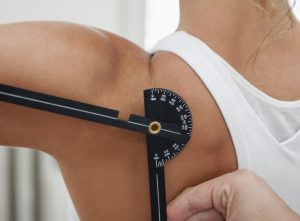
History-taking for the shoulder: key diagnostic questions
- "Red flag" symptoms of urgent/serious medical conditions warranting referral to physician care: fractures, dislocations and complete tears; neuropathies; tumors
- Differentiating symptoms of muscle, tendon, ligament, labral, capsular, and nerve injuries
- Neural hypersensitization and psycho-social factors
- Functional capacity questionnaires for reporting to managed care insurance
Physical exam of the shoulder: how findings can guide treatment with acupuncture modalities
- Observation, inspection and palpation
- Joint active range-of-motion and tracking exam: taking measurements and diagnostic significance
- Assessment of joint stability through end-feel testing
- Muscle length and manual strength testing and referred pain patterns charts for 18 key muscles of the shoulder girdle
- Special orthopedic tests
- Documentation of physical exam findings
- Measuring and reporting functional capacity baselines and treatment outcomes
- Clinical flow charts to facilitate efficiency and accuracy in examination
Diagnosis, pattern identification and treatment for shoulder girdle pain, injuries and disability
- Gleno-humeral joint
- Non-capsular patterns: AMBRI and SLAP (labral) tears
- Capsular patterns: osteoarthorosis, capsulitis, and "frozen shoulder"
- Acromio- and sterno-clavicular joint sprains/separations and hypermobility
- Rotator cuff tendonitis/tendonosus, impingement, and bursitis
- Bicipital tendinopathies
Arm, Wrist, and Hand
Clinical anatomy, kinesiology, and the jing-jin:
- Elbow joints: ulnar-humeral, radio-humeral and -capitellar
- Wrist joints: ulnar-carpal, radio-carpal, and distal radio-ulnar
- Muscles and tendons of the upper- and fore- arm and hand
History-taking for the arm, wrist, and hand: key diagnostic questions
- "Red flag" symptoms of urgent/serious medical conditions potentially warranting referral to physician care: fractures, neuropathies, complex regional pain syndrome
- Differentiating symptoms of muscle, tendon, ligament, joint, and nerve injuries
- Neural hypersensitization and psycho-social factors
- Functional capacity questionnaires for reporting to managed care insurance
Physical exam of the arm, wrist and hand
- Observation, inspection and palpation
- Active and passive range-of-motion examination of the elbow, wrist, and finger joints: measurements and diagnostic significance
- Assessment of joint stability through end-feel testing of the elbow, wrist and finger
- Peripheral nerve sensory and motor exams
- Manual and dynamometer strength testing, muscle length testing, and referred pain pattern charts for 20 key muscles of the arm, wrist and hand
- Special orthopedic, neurologic and vascular tests
- Documentation of physical exam findings
- Measuring and reporting functional capacity baselines and treatment outcomes
- Algorithmic flow charts to facilitate efficiency and accuracy in examination
Diagnosis, pattern identification and treatment for arm, wrist and hand pain, injuries and disability
Posterior & radial tracts: yangming and shaoyang
- Tennis elbow, extensor strains, tendinosus, radial tunnel compression neuritis and palsy
- Radial styloid stenosing tenosynovitis
- Radial collateral ligament sprains and hypermobility
Ulnar tract: taiyang and shaoyin
- Ulnar neuritis/neuropathy
- Ulnar groove compression
- Canal of Guyon compression
- Acute sprains and chronic laxity of the ulnar-carpal joint
- Acute tendonitis and chronic tendonosus
- Golfer’s elbow & “medial epicondylitis”
- Extensor carpi ulnaris
- Flexor carpi ulnaris
- Abductor digiti minimi
- Ulnar collateral ligament laxity & “Little league elbow”
Anterior tract: taiyin, shaoyin, jueyin
- Biceps, supinator and forearm flexor tendonitis and tendonosus
- Median neuritis/neuropathy
- Pronator teres syndrome
- Carpal tunnel syndrome
Intrinsic wrist conditions
- 1st CMC joint pain: sprains, DJD
- Triangular fibrocartilage complex tears
Intrinsic hand conditions
- MCP and inter-phalangeal joints
- Sprains and laxity of finger collateral ligaments
- Degenerative joint disease
- Finger extensor tendonitis
Ergonomics, postural correction and exercise therapy for shoulder, arm and hand conditions:
- Scapular stabilization
- Rotator cuff strengthening
- Forearm exercises
- Wrist stabilization
- Keyboard ergonomics
Build on your skills with the Review/Practicum Lab
Check back for next live class date, or contact us to be notified by email
